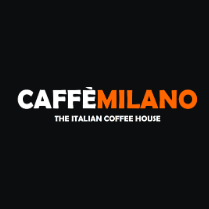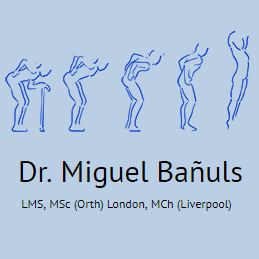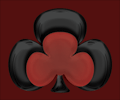In the vibrant realm of digital creation, the debate of Web Design vs User Experience emerges as a cornerstone for effective website development. While many often conflate web design with the aesthetic appeal of a site, user experience (UX) encompasses a far broader canvas, focusing on how users interact and engage with that beauty. Skilled web designers craft eye-catching layouts and compelling visuals, yet it is the UX designers who orchestrate the journey, ensuring that every click and scroll is intuitive and fulfilling. Together, these disciplines—Web Design and User Experience—forge a path toward developing not only visually stunning sites but also platforms that resonate deeply with users’ needs. A successful marriage of these elements leads to websites that not only captivate but also foster long-term user loyalty.
When delving into the intricacies of digital interfaces, one must discern between aesthetic creation and experiential context—thus we introduce the themes of visual craftsmanship and user-centric strategies. While the art of web interface design captures the eye with stunning graphics and layouts, it is the comprehensive exploration of user interaction that solidifies a user’s journey through a digital landscape. This dialogue between design and experience forms the backbone of effective digital platforms, where the allure of a well-designed site meets the practicalities of navigational ease and functional delight. By harmonizing stylistic elements with an empathetic approach to user behavior, designers can create a symphony of interaction that elevates the online experience to unprecedented heights. Let us explore the nuanced dance between these two fundamental aspects of digital design further.
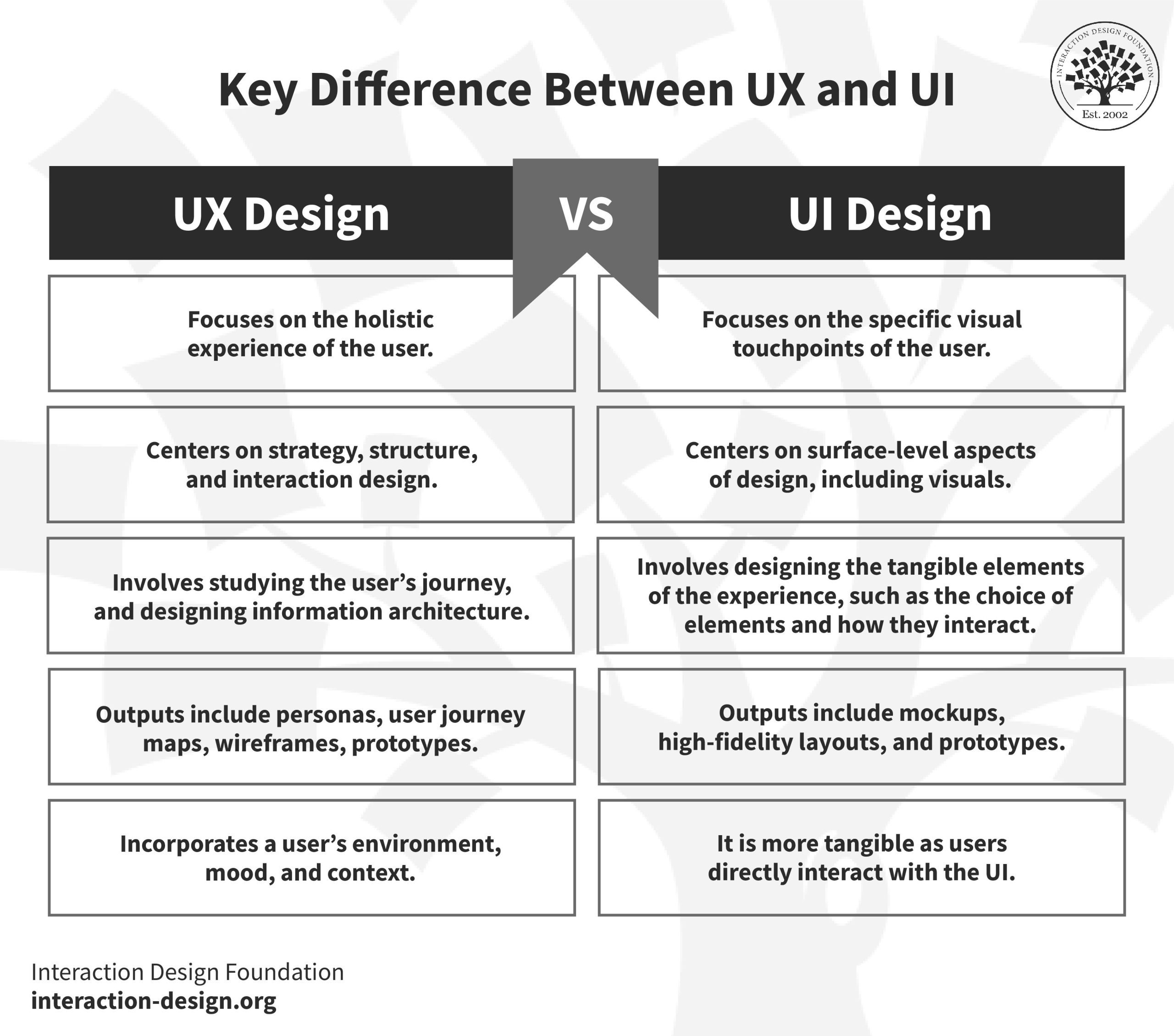
The Interplay of Aesthetics and Functionality
When we delve into the world of online creativity, the contrast between web design and user experience is akin to the dance of light and shadow. Web design drapes the website in a colorful cloak, captivating visitors with its visual splendor. The layout is an artist’s canvas, painted with vibrant hues and intricate typography that draws the eyes. Yet, while this beauty mesmerizes the viewer, it alone cannot guide them through the digital pathways that lead to satisfaction and success.
User experience, on the other hand, acts like the gentle breeze that carries a moth toward a flame. It’s not just about how pretty the website looks; it’s about how it feels in the hands of those who navigate its terrain. A seamless, intuitive experience transforms the mundane act of clicking through a webpage into an engaging journey. Here, every button click, every scroll, is a step in a well-orchestrated ballet, where functionality is its rhythm and usability its tune.
The Evolution of Web Design Strategies
As technology continues to evolve, the synergy between web design and user experience has become increasingly paramount. Today, web designers blend aesthetics with practicality like chefs mixing spices for that perfect dish. Mobile responsiveness has become the heartbeat of digital modernity; no longer can we afford elegance without accessibility. Designers must juggle the dimensions of every screen, ensuring that their creations breathe life into devices of all shapes and sizes.
Incorporating artificial intelligence into this evolving domain has introduced a fresh wave of innovation. It’s like finding a new brush for an artist’s palette. The analytical insights drawn from user behavior not only refine the web design process but also craft experiences that resonate deeply with users. These advancements allow designers to anticipate needs almost as if reading a user’s thoughts, smoothing the path toward digital engagement.
Collaboration: The Sweet Symphony of Design
In essence, the realms of web design and user experience should not exist in silos; they are most powerful when harmonized. Picture an orchestra: each instrument has its unique sound, yet the most beautiful melodies emerge only when they play together. Similarly, a website thrives when its visual allure is complemented by an intuitive navigation flow. When designers cross-pollinate their ideas and skills, they create sites that are not just beautiful but also compelling to explore.
In this collaborative atmosphere, feedback is the lifeblood coursing through veins of creativity. Through user testing and iterative design, both web designers and UX professionals can refine their contributions, ensuring that the end product is not just a feast for the eyes but also a joy to use. This integration of design and experience fosters an environment where excellence is not merely strived for; it is achieved—making user-centric design not just an ideal, but a tangible reality.
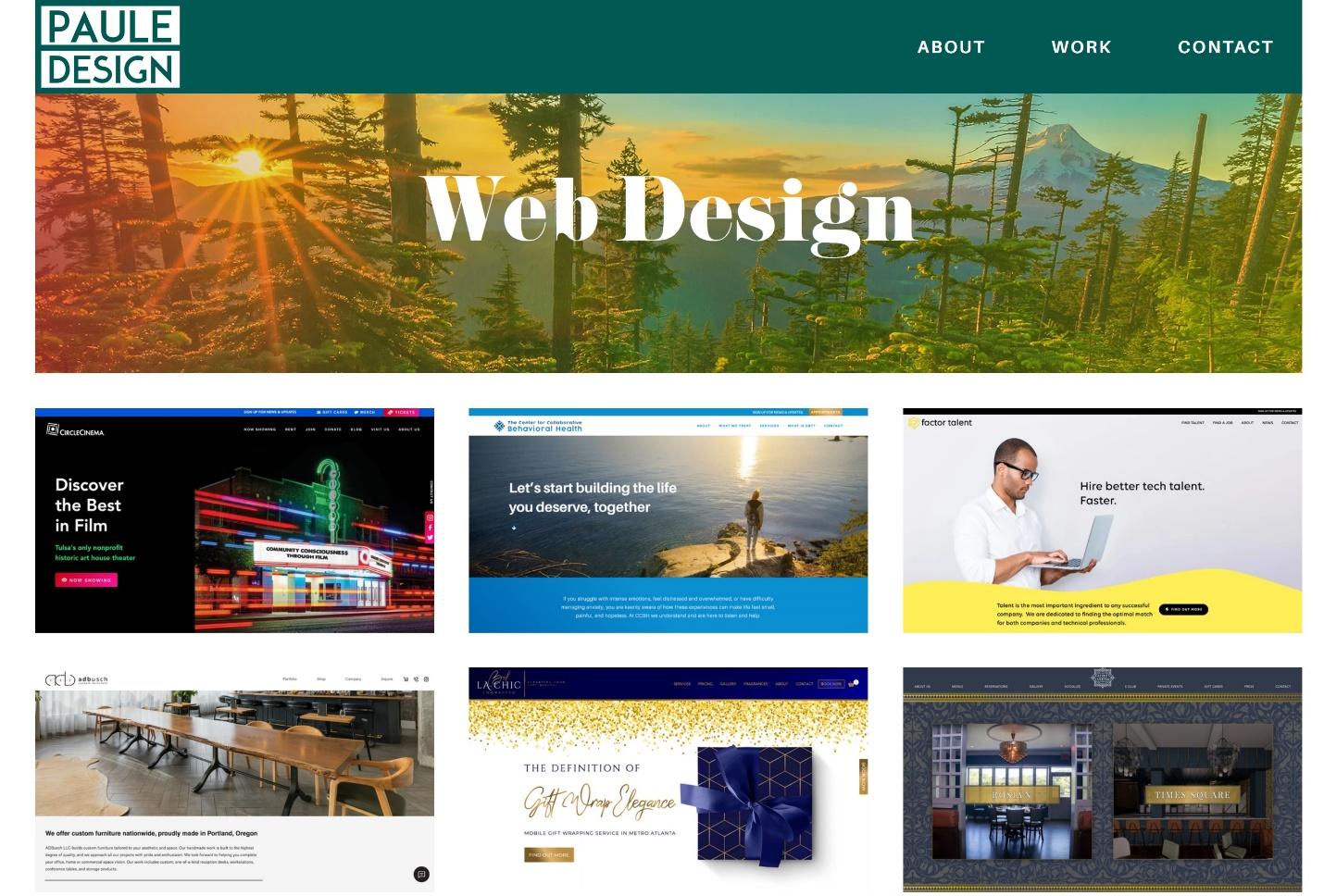
The Interplay of Aesthetics and Functionality
In conclusion, the journey through web design and user experience reveals a landscape where aesthetics and functionality dance in harmonious synchrony. Understanding their differences is not just an academic exercise; it is a profound necessity for anyone who seeks to create digital spaces that resonate with users. Web design draws the eye with its striking visuals while UX design captures the heart and mind by facilitating smooth navigation and intuitive interactions. The success of a website lies in its ability to weave these two threads together, offering both beauty and ease of use, ensuring that every visit is memorable, engaging, and satisfying.
Moreover, as we move deeper into a tech-savvy age, embracing collaboration becomes paramount. The intricate relationship between web designers and UX practitioners fosters environments ripe for innovation and creativity. Key takeaways from this exploration include:
– The distinctive yet complementary roles of web design and UX.
– The necessity for an iterative design process supported by user feedback.
– The growing importance of responsive design and AI-driven insights in shaping user experiences.
By weaving together visual appeal and user-centric strategies, we carve out pathways for digital experiences that do not merely attract users but invite them into a world where they feel valued and understood.
Looking Ahead: The Future of Digital Design
As we look ahead to the future of digital design, one truth becomes abundantly clear: the lines separating web design and user experience will continue to blur. With rapid technological advancements and evolving user expectations, designers will need to adopt a holistic approach, merging aesthetics with empathetic understanding. The digital realm is no longer just about creating standout graphics or stunning layouts; it’s about cultivating connections that foster loyalty and satisfaction. Businesses that prioritize this integrative strategy will not only attract users but will also enchant them with seamless experiences that keep them returning time and time again.
To flourish in this dynamic landscape, it’s imperative for designers to stay informed about emerging trends and technologies. Essential points for the future include:
– Continuous emphasis on mobile-first design to cater to a growing audience of on-the-go users.
– Leveraging AI and data analytics to deepen user insights and refine UX.
– Embracing accessibility and inclusivity to ensure all users can navigate and enjoy digital spaces effortlessly.
In this ever-evolving digital world, the synthesis of web design and user experience represents not just a trend but a vital foundation upon which successful and meaningful interactions are built.







